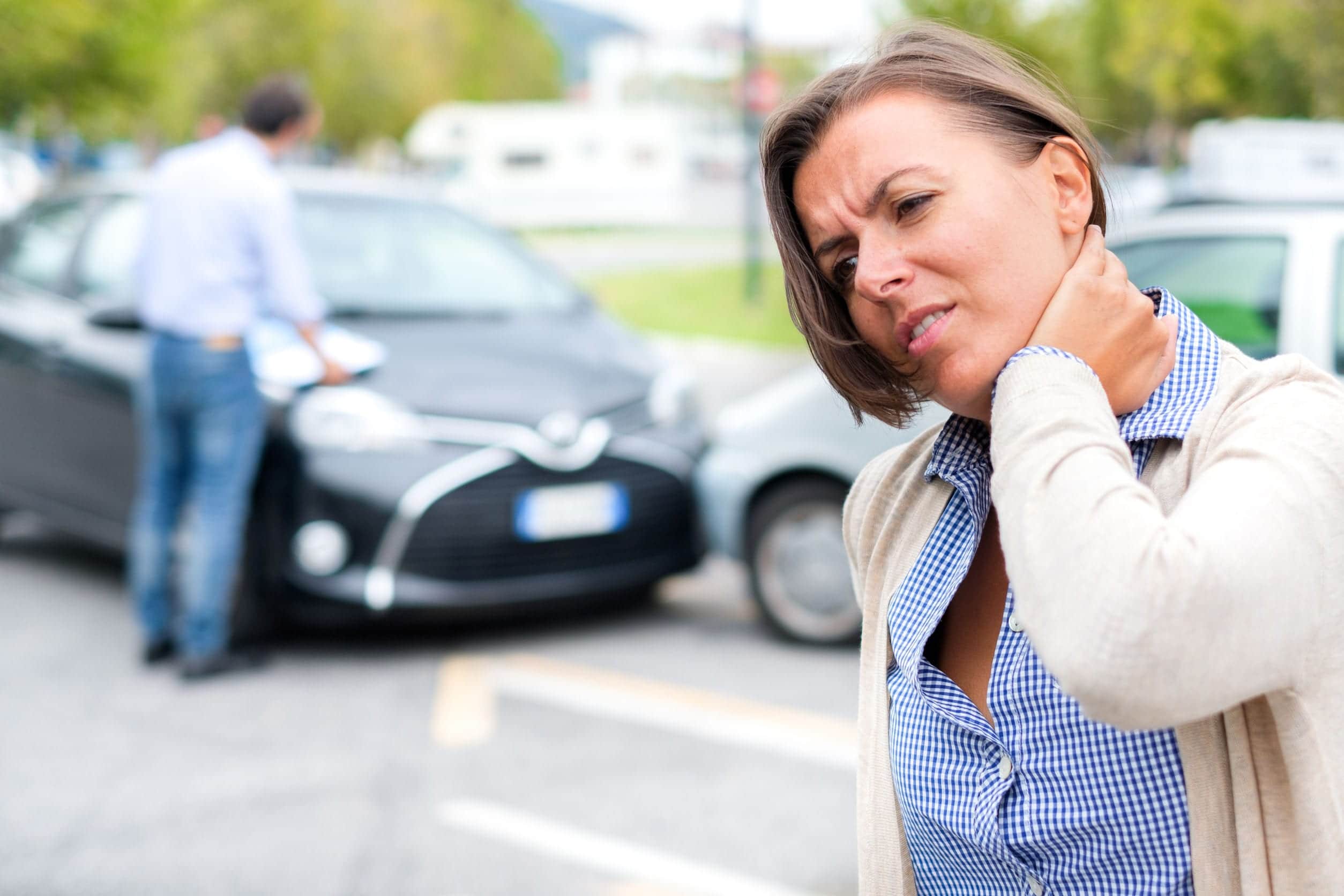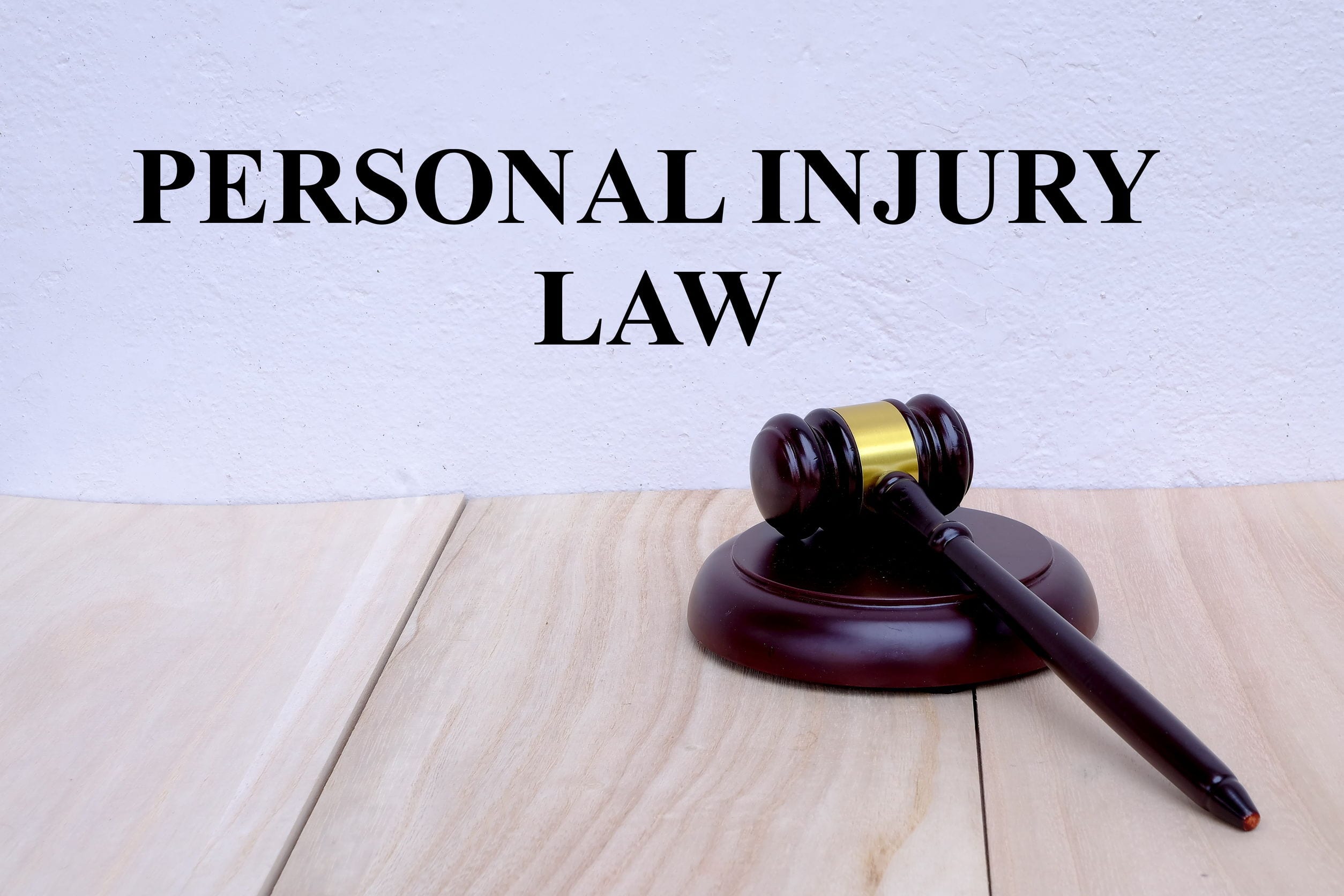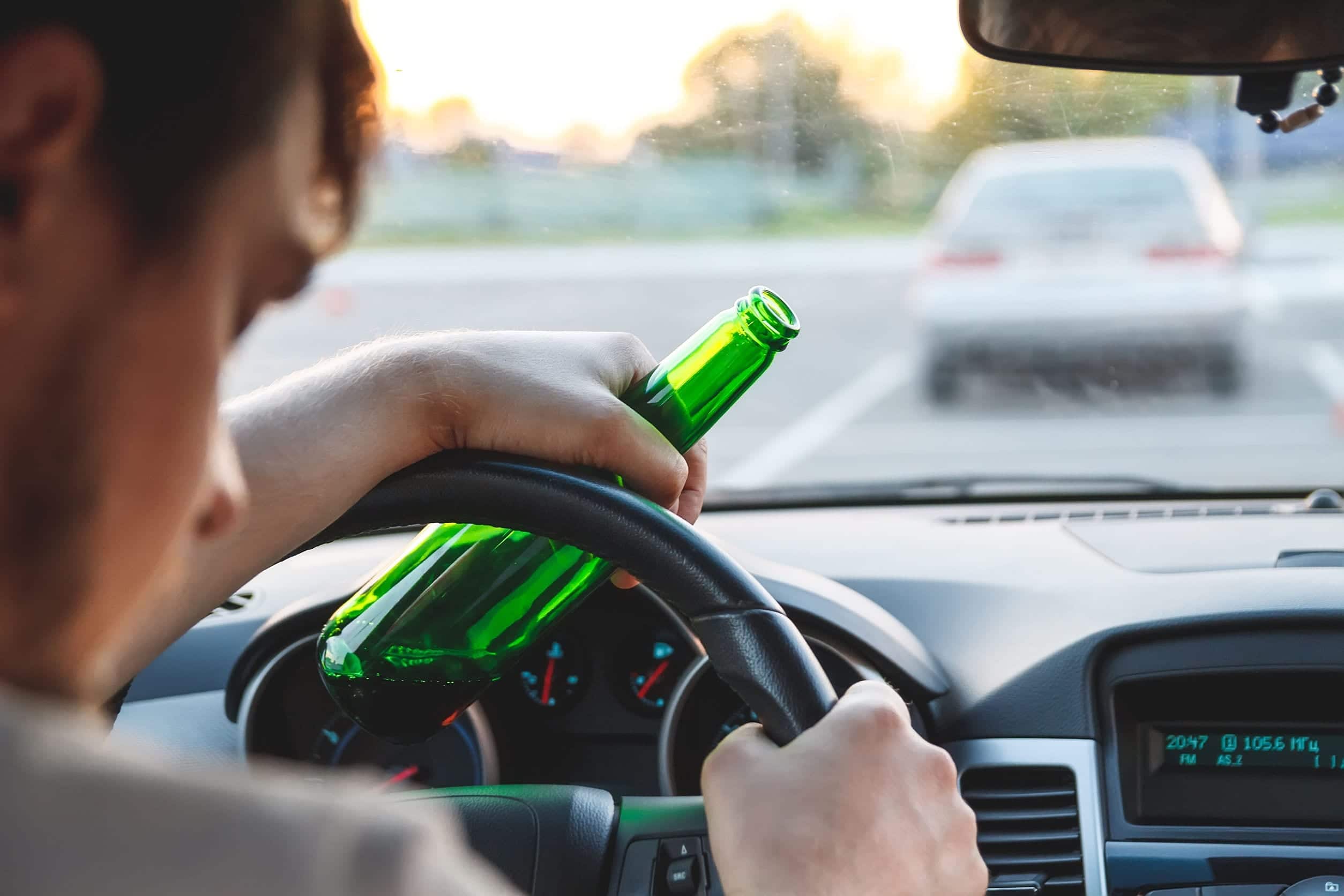DUI | DUI Accidents |
Believe It Or Not, the Drunk Driver Isn’t Always at Fault in MN
Drunk driving, despite the best efforts of those in law enforcement and the community, continues to happen. In Minnesota specifically, the number of deaths related to drunk driving accidents continues to increase.
In 2018, there were 371 traffic fatalities reported, up almost six percent from the previous year. Of those fatalities, 84 were caused by a drunk driver.
What may come as a surprise is that when these issues go to court, the drunk driver isn’t always found at fault. In fact, in Minnesota’s no-fault system, there are some scenarios where a drunk driver may not be held liable for the other driver’s injuries. Read on to find out more.
No-Fault Insurance in Minnesota
Minnesota is one of only 12 states that have a no-fault insurance system. Under this system, drivers must carry a minimum amount of insurance. In the event of an accident, they would then file a claim with their insurance company regardless of fault to get compensation.
Under Minnesota law, drivers must carry a minimum amount of insurance. The requirements for insurance include Personal Injury Protection, Liability Insurance, and Uninsured/Underinsured Motorist Coverage.
Personal Injury Protection (PIP)
This is the type of coverage used primarily in the no-fault insurance system. After an accident occurs, anyone who is injured must first file a claim for compensation with their own PIP insurance.
It is meant to cover injuries, loss of income, death benefits, and replacement services. Each driver is required to maintain at least $40,000 in coverage through a PIP policy. Half of that coverage is meant to go toward any medical expenses while the other half is meant to cover non-medical expenses.
Liability Insurance
This type of insurance protects the drivers at fault. If you harm another person’s property or a person, then this is the policy that can help to cover costs above your personal PIP coverage.
Each driver is required to carry a minimum of $30,000 for coverage of injuries to one individual, $60,000 for coverage of two or more people, and $10,000 for property damage.
Uninsured and Underinsured Motorist Coverage
This type of coverage is available to cover anything PIP insurance does not. These two types of insurance policies supplement compensation for injuries. Drivers must carry a minimum of $25,000 for one person and $50,000 for two or more people.
There is additional coverage available to drivers such as collision coverage and comprehensive medical, but they are not required under the law.
When the Cause Is Not a Driver’s Intoxication

Driving under the influence of drugs or alcohol is illegal, but in the event of an accident, it does not automatically assign blame to the person under the influence. It’s possible that the cause of the accident is unrelated to the driver’s intoxication.
While the actions of the drunk driver contribute to an accident, it doesn’t mean they bear the full responsibility.
Drunk drivers may share liability with another driver if the other driver failed to follow the rules of the road, such as ignoring traffic signals, running stop signs, or speeding.
In fact, there are instances where a sober driver may contribute more to the accident than the one who is driving under the influence.
How Fault is Determined
As mentioned, it’s not automatically assumed a drunk driver is at fault for an accident. They still must be found liable for the property damage or injuries resulting from the accident. To do this, the legal fault must be established through these components:
Duty of Care
This is the first step to proving fault. It requires establishing the fact that one person or party owed the duty of care to take sensible measures to prevent harm to another. When you think about this in the framework of driving, this basically means that a person has an obligation to operate a motor vehicle with reasonable care whenever they’re behind the wheel.
Breach of Care
This is a simple component to determine. A person breaches their duty of care if they don’t act in a way that a reasonable person would under similar circumstances. If another driver was being careless or unreasonable, then they may have breached the duty of care that was established.

Causation
Causation is established by showing a direct link between the breach of the duty of care with any property damage or injuries sustained.
Someone may be able to show that the other driver was drunk at the time of the accident, which can satisfy the first two components used to establish fault, but causation can still be a question.
Every case is different. If you’re involved in an accident in Minnesota and are seeking damages, then it’s important to understand all the elements that can contribute to a successful case.
About the Author:
Andrew T. Poole is a Minnesota native who has served in the Army for more than 18 years and is currently a JAG lawyer in the Army Reserves in addition to serving as a partner at LaCourse, Poole & Envall. He has handled thousands of criminal and family law cases over the course of his career and has a firm belief that all hardworking Minnesotans should be entitled to the best possible legal counsel. Mr. Poole boasts a 10/10 Superb rating on Avvo, is Lead Counsel rated, and has been recognized multiple times by SuperLawyers, National Trial Lawyers, and others for his work.
















